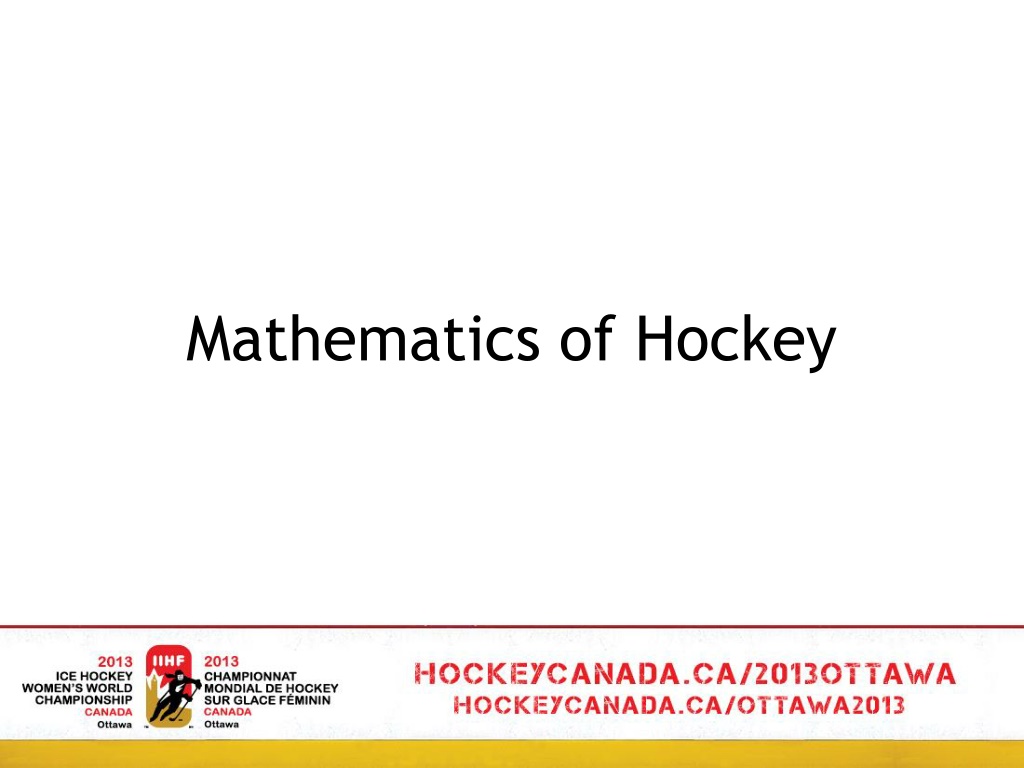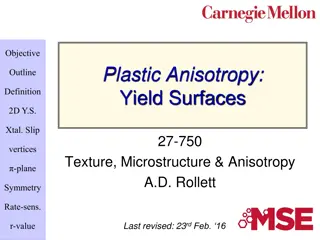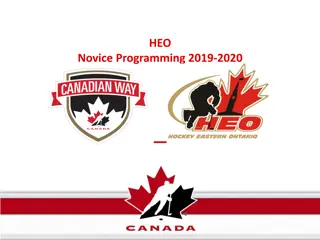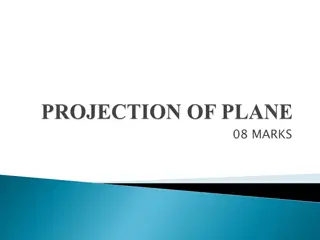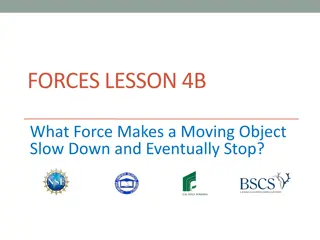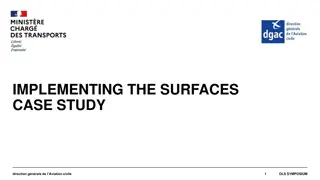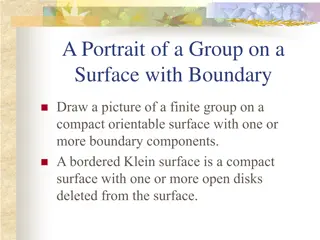Understanding the Mathematics of Hockey Surfaces
Explore the mathematical concepts behind hockey rink surfaces - from the origins of the dimensions to calculating surface areas of rectangles, circles, and dealing with rounded corners. Discover how geometry and formulas play a crucial role in understanding the layout of a hockey arena. Uncover the difference in area between a circle and a square in the context of hockey rinks.
Download Presentation

Please find below an Image/Link to download the presentation.
The content on the website is provided AS IS for your information and personal use only. It may not be sold, licensed, or shared on other websites without obtaining consent from the author. Download presentation by click this link. If you encounter any issues during the download, it is possible that the publisher has removed the file from their server.
E N D
Presentation Transcript
The Arena The dimensions of the modern day ice surface are believed to originate from the Victoria Skating rink of Montreal, built in 1862. Curved corners are thought to originate from the Montreal Arena design built in 1898.
Dimensions 61 meters 31 meters Though 2 standard sizes exist (NHL and International), generally the ice surface measures 61m by 31m. The rounded corners have a radius of 8.9m.
Exploring area 1) On your own graph paper, sketch 3 rectangles of different sizes. The area represents how many squares are inside the rectangle. 2) On your own graph paper sketch 3 right angled triangles of any size. Estimate the area by counting the number of squares (and pieces of squares).
Surface area The area represents the surface (paintable area) of a shape/object. How would you calculate the area of the following shapes? (explore)
Formulas Using the formula for area of a rectangle ( L x W ) calculate the surface area of ice in a hockey rink (do you remember the dimensions ?)
Dimensions 61 meters 31 meters We could say the area equals 61 x 31, or 1891m squared BUT, that would include the area of the corners (which we can t include) Hmmmm?
Area of a Circle Use the circle area formula to calculate the area of the following circles- Circle Diameter 12m Circle radius Area of Circle 3m 8m 8.9m
The problem of the rounded corners The corners contain a circle of radius 8.9m, and a square of dimensions 17.8m x 17.8m. What is the difference in area between the circle and the square?
Solution to rounded corners The area of a circle of Radius 8.9 is 248.7m squared The area of the square of 17.8 (the diameter of the circle) Is 316.84m sq. The difference (316.84 248.7) is 68.14. This value represents the visible blue area of the diagram. What is the area of each of the 4 blue corners? How can we use the value of the difference of areas to calculate the exact value of the ice surface?
HOW MUCH WATER??? The surface area of the ice is calculated as (61 x 31) 68.14 = 1822.86m^2 The typical thickness of the ice in a hockey arena is 0.2 meters. If we multiply the area of ice by the thickness of ice we can calculate the Volume of water needed to create the ice. Calculate the volume of water (ice). A typical bathtub can hold 0.8 cubic meters of water. How many bathtubs of water would it take to create the ice required of an arena? DID YOU KNOW?... Water expands as it freezes to ice, therefore the volume of ice becomes greater than the initial volume of water .
